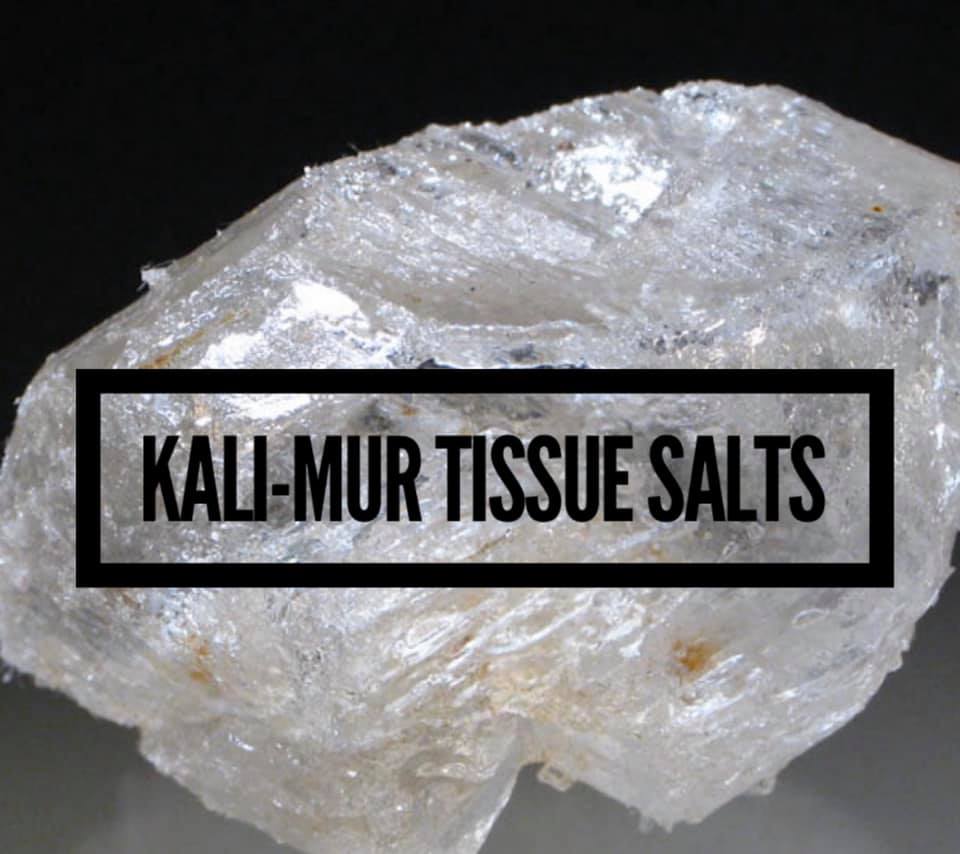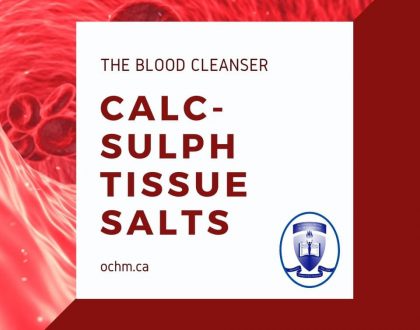Kali-mur tissue salt

Occurs in nature in the mineral carnallite. According to Schussler, Kali-mur stands in chemical relation to fibrin; disturbances in its molecular action cause fibrinous exudations.
This salt is found in the blood corpuscles, muscles, nerve and brain cells as well as in the inter-cellular fluids. It corresponds to the second stage of inflammation of serous membranes when the exudation is of fibrinous character. Kali-mur answers to croup or diphtheritic exudations like diphtheria, dysentery, croup, lymphatic enlargements, cutaneous eruptions. It regulates the metabolism of sugar and protein and is important in maintaining balanced intestinal activity.
The characteristic symptoms include a white or grey coating at the base of the tongue, white or grey exudations, glandular swellings, discharges of a thick, white fibrinous slime or phlegm from any mucous surface.
@homeopathy_school_in_toronto .
Recommended Posts

Exploring the Lesser-Known Aspects of Aethusa Cynapium: Its Relationship with the GI Tract and Animal Lovers
March 27, 2024

Calc-sulph Tissue Salts is considered “the Blood Cleanser”
April 20, 2021

Ferrum Metallicum is a great Homeopathic Remedy for Anemia
April 20, 2021
